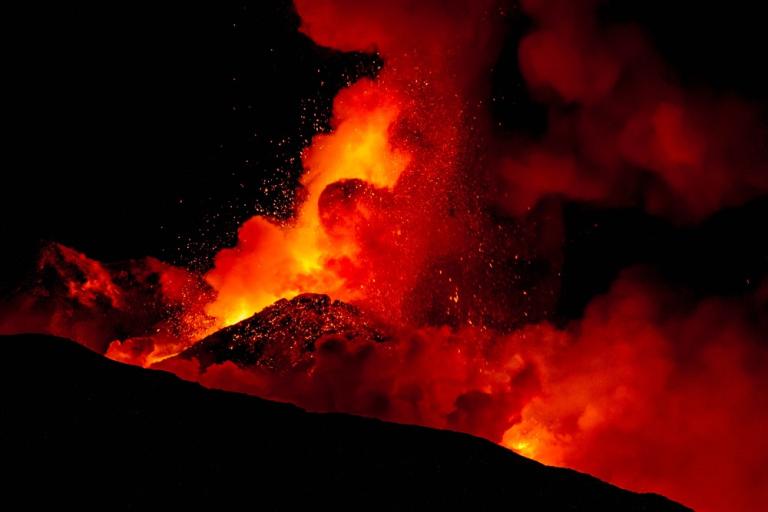
ShutterstockPeruvian fishermen came up with the name El Niño, Spanish for “Christ child,” because it normally arrived around Christmas.
El Niño is one of Earth’s most influential climatic phenomena. Its occasional arrival, heralded by warming in parts of the eastern Pacific Ocean, can be a harbinger of floods in Peru, droughts in Australia, harsh winters in Europe, and hurricanes in the Caribbean. Yet we know precious little about it.
But this week, two separate scientific studies chipped away at the mystery.
One study reveals that the El Niño phenomenon has been occurring more frequently as the globe has warmed. The other paper promises to dramatically improve our ability to foretell the weather pattern’s arrival.
A team of scientists reported Tuesday in the journal Nature Climate Change on the increased frequency of El Niños over the past half century. From The Christian Science Monitor:
Scientists compiled some 2,222 tree-ring chronologies of the past seven centuries from both the mid-latitudes in both hemispheres and the tropics. Tree rings can provide an accurate record of historical climate pattern, packing in their width and color information about the precipitation, wind, and temperature conditions at the time at which the tree was growing.
Scientists found that the tree ring patterns in the 20th century suggested that El Niño had been more active then than during the last seven centuries, meaning that long-term El Niño patterns have dovetailed with the global warming that characterized that century.
“This suggests that many models underestimate the sensitivity to radiative perturbations in greenhouse gases,” said Shang-Ping Xie, co-author and meteorology professor at the International Pacific Research Center. “Our results now provide a guide to improve the accuracy of climate models and their projections of future [El Niño–Southern Oscillation] activity.”
“If this trend of increasing ENSO activity continues, we expect to see more weather extremes such as floods and droughts,” she said.
A study by a separate team published Monday in Proceedings of the National Academy of Sciences proposes a new method for predicting El Niño’s arrival. That could be especially useful for farmers who want to know which varieties of crops they should plant each year. From the Australian Broadcasting Corporation:
The forecasting algorithm is based on the interactions between sea surface temperatures in the equatorial Pacific and the rest of the ocean, and appears to warn of an El Nino event one year in advance instead of the current six months.
The German scientists analysed more than 200 measurement points in the Pacific dating back to the 1950s. The interactions between distant points helped predict whether the El Niño warming would come about in the eastern equatorial Pacific.
They used the model in 2011 to correctly predict the absence of an El Niño event last year, while conventional forecasts wrongly said there would be significant warming well into 2012.
Too good to be true? Time will tell. From the same news report:
“At the moment they’ve found a pattern, but they’re not really explaining where that pattern comes from,” [Alex Sen Gupta, senior lecturer at the Climate Change Research Centre at the University of New South Wales,] says.
He says the model needs to be tested further against standard models to assess if the findings are physically based, not just a correlation.
“I think give it another two or three El Niños and if it predicts those correctly more than a year in advance you’d start to think we’re on to something.”
Aw, c’mon Mr. Science Man — do we really have to wait that long? Oh well, at least those two or three more El Niños can be expected to come more quickly than they used to.



